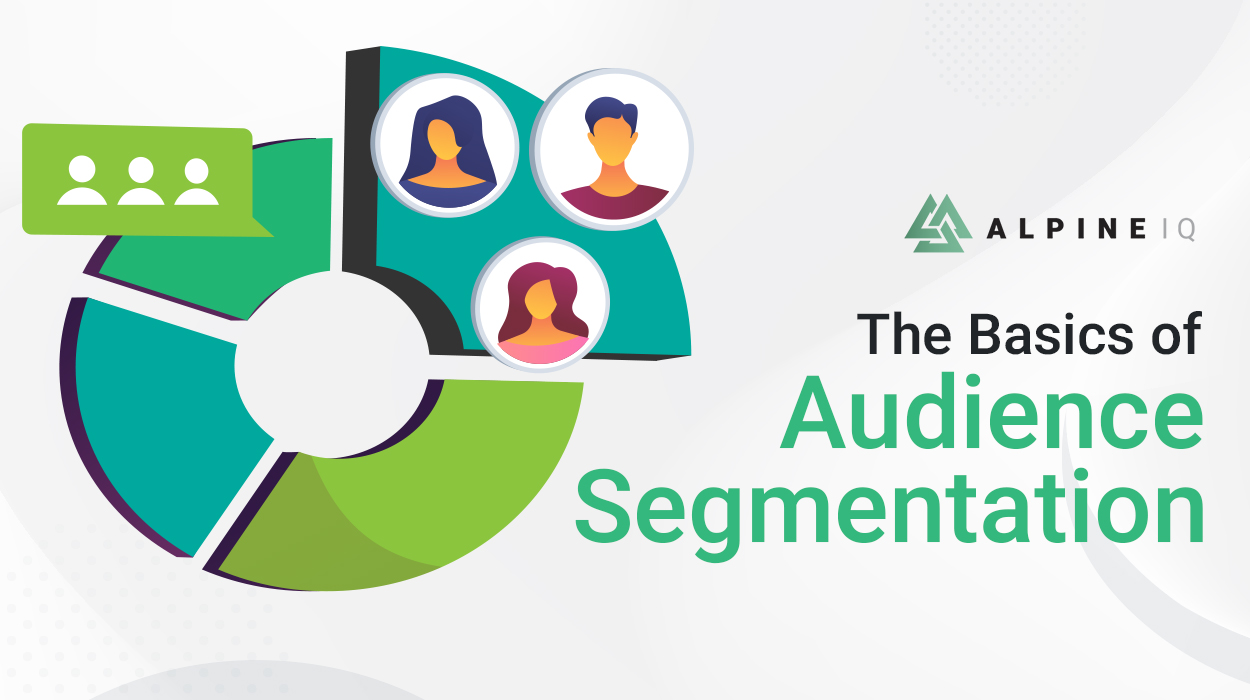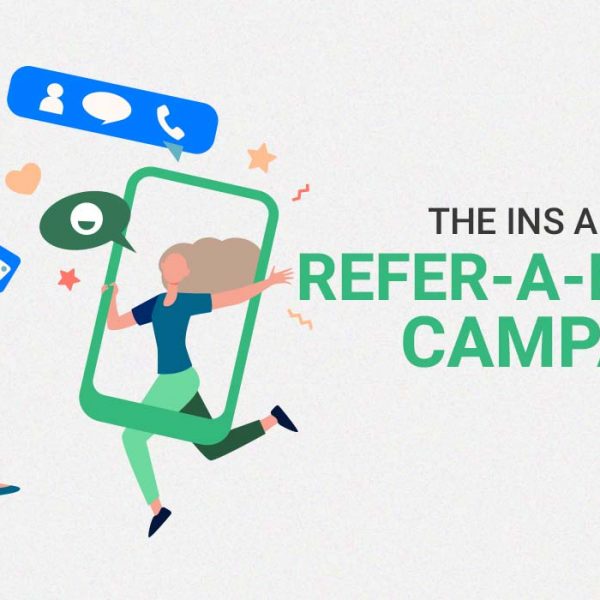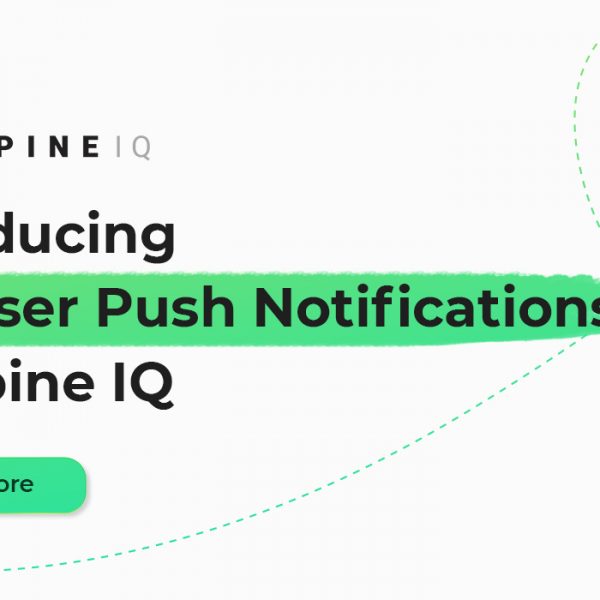Different customers may like your products/services for different reasons. And as they go further down the sales funnel, their motivations also change. This is why audience segmentation is essential for a successful business — it acknowledges that the customer journey is dynamic and unique to every customer.
What Is Audience Segmentation?
Audience segmentation means dividing your audience into distinct groups based on defined criteria, usually by demographics, buyer behavior, engagement levels, and more.
The main benefit of segmenting your audience is that it helps you create the right strategy for the right people at the right moment in their customer journey. Audience segmentation also helps you:
- Tailor your content better: Segmentation allows you to gain more detailed customer insights, which in turn, helps you tailor your content better based on their specific interests and needs.
- Increase engagement and conversions: The more relevant your content is, the more likely your audience will engage with your brand. This eventually leads to more conversions and brand loyalty.
- Allocate your resources efficiently: Audience segmentation helps you focus your strategy on the right group of people and helps you attract more qualified leads. This is more cost-efficient than targeting a broader audience.
- Develop your product/services better: With more granular data about your audiences, you can adjust your products and services, as well as develop new ones more effectively.
How to Segment Your Audience
Audience segmentation can be done through a number of tools, mainly:
- Customer Data Platform – Like Alpine IQ
- Email service providers (ESP) – Alpine IQ, Mailchimp, Omnisend,
- Social media analytics – Sprout Social, Buffer, Hootsuite, and built-in analytics tools on Facebook, Twitter, Instagram, etc.
- Search engine analytics – Google Analytics, Google Keyword Planner, Moz.
As mentioned previously, segmenting your audience involves splitting your audience into different groups based on a set criteria. Your criteria depends on your brand’s marketing goals, but broadly speaking, these criteria fall into two categories:
- Implicit data: These are implied data that are not conveyed outright by customers. For example, you can assume a customer’s interests based on the products they viewed or on the content they liked.
- Explicit data: These are clear and specific data that either the customer provided or visitor attributes that are automatically detected by tools. Some examples include a customer’s age, gender, device used and location, etc.
Audiences can be further segmented into the following data:
1. Behavioral data
This is data based on the customer’s interactions with your brand. Some examples include past purchases, items added to cart or added to wish list, content liked and commented on, and pages visited, to name a few.
This can also include engagement levels, such as how many times a customer has visited your website or opened your app, whether they are new or old customers, how many purchases they have made, and more.
Examples of how this can be effectively used for marketing segmentation:
- Creating content (e.g., articles or videos) based on the audience’s interests
- Providing personalized product recommendations based on their past purchases
2. Demographic data
This is data you can gather upon a user’s registration or when they sign up, such as a customer’s age, gender, marital status, occupation, etc.
It’s important to ask for the customer’s explicit consent and to clearly inform them before collecting this data, as per GDPR and other data protection laws.
Examples of how this can be effectively used for marketing segmentation:
- Offering specific service packages for senior citizens
- Recommending products based on gender or age (e.g., female clothes, age-appropriate toys)
3. Geographical data
This can be automatically detected by tools upon a user’s consent to allow Location Services — for example, a person’s exact location and IP address. This can also be gathered through signup forms, such as the billing address, preferred mailing address, etc. A customer’s preferred language when using your website or app (if applicable) is also considered geographical data.
Examples of how this can be effectively used for marketing segmentation:
- Showing specific content based on the location (e.g., news, travel guides, weather)
- Providing country-based products or content (e.g., based on local holidays, language, seasons)
- Sending notifications and/or emails based on the timezone
4. Psychographic data
Psychographic data is more in-depth and much more complex to analyze. These include your customer’s personality traits, values, motivations, as well as lifestyle. Data can be gathered through surveys, and great care must be given in framing your questions so that the data you gather is more accurate.
Examples of how this can be effectively used for marketing segmentation:
- Recommending products or service packages based on their lifestyle
- Developing products based on a segment’s motivations and values
- Showing content and product recommendations based on specific personality traits (e.g., planners and calendars for customers who are organized, water-proof products for outdoorsy customers, etc.)
___
Audience segmentation not only allows you to properly cater to each of your customers’ needs by grouping them based on certain characteristics. It also helps you know them better and build a deeper and more meaningful relationship with them.
The better you know your customers, the better your brand can serve them and the more satisfied they will be. It’s also a fact that brands who treat their customers as individuals rather than transactions perform better — and audience segmentation helps you achieve just that.
Ready to learn more about Alpine IQ’s segmentation tools?
To get the latest updates on our suite of services, make sure to subscribe to our blog today!







Leave a Comment